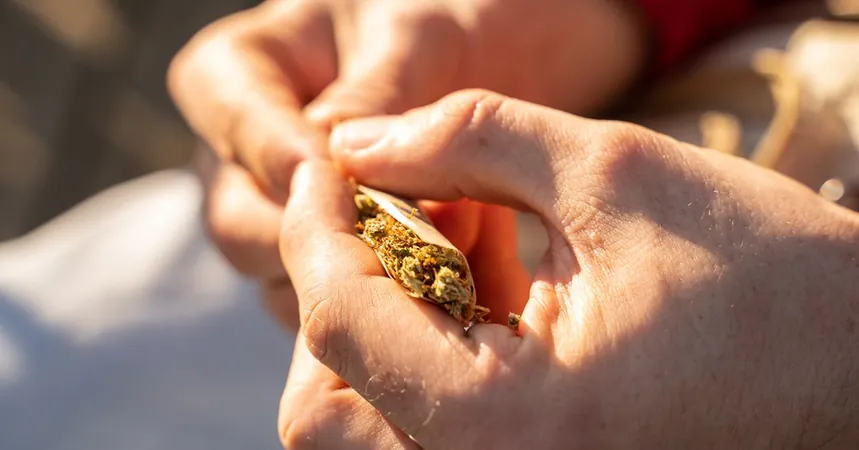
Flamingos Unleash Water Tornadoes to Snag Prey: A Stunning Discovery!
2025-05-13
Author: Jia
Flamingos: Predators in Disguise
Forget what you thought you knew about flamingos! Recent groundbreaking research from the University of California, Berkeley, and the Georgia Institute of Technology reveals that these iconic birds are not mere filter-feeders but cunning predators that create water tornadoes to trap their prey.
An Ingenious Feeding Technique
Dr. Victor Ortega Jiménez, the lead researcher, explains, 'Flamingos are on the hunt for agile invertebrates in the water. The challenge lies in how to gather these quick-moving meals.' Similar to how spiders ensnare insects with webs, flamingos cleverly use vortices to corral creatures like brine shrimp into a feeding frenzy.
Training for the Study: A Fascinating Experiment
The research team trained Chilean flamingos at the Nashville Zoo to feed from a specially designed aquarium filled with water. Using high-speed cameras and advanced flow visualization techniques, the scientists captured their feeding behaviors over several weeks.
Creating Mini Tornadoes Underwater
The findings are nothing short of amazing! The flamingos utilize their flexible webbed feet to stir up sediment, propelling it into swirling columns that they then suck to the surface, much like a mini tornado. With their heads inverted in the water, these clever birds employ their uniquely shaped beaks to create smaller vortices that guide food right to their mouths.
Understanding the Flamingo's Unique Beak
The flamingo's flattened beak plays a crucial role in this feeding method. When the bird's head is upside down, the beak aligns perfectly with the bottom surface, allowing it to skim the water while generating powerful vortices that capture prey.
Revolutionizing Our Understanding of Flamingo Feeding
Dr. Ortega Jiménez clarifies, 'This active feeding behavior reveals that flamingos are much more than just passive feeders. They actively pursue agile animals in the water.' The study even included simulations using computational fluid dynamics to visualize how these vortices function around the flamingo’s beak and feet.
Significance of the Findings
The insights gained from this research have profound implications for our understanding of flamingo foraging behaviors. By mimicking the skimming motions of flamingos in controlled settings, researchers confirmed that these birds efficiently concentrate food particles, proving that their unique feeding strategy is highly effective.
Published Insights in Top Journals
The team's findings have been published in the esteemed Proceedings of the National Academy of Sciences, shedding light on a fascinating aspect of these vibrant birds, forever changing our perception of them.



 Brasil (PT)
Brasil (PT)
 Canada (EN)
Canada (EN)
 Chile (ES)
Chile (ES)
 Česko (CS)
Česko (CS)
 대한민국 (KO)
대한민국 (KO)
 España (ES)
España (ES)
 France (FR)
France (FR)
 Hong Kong (EN)
Hong Kong (EN)
 Italia (IT)
Italia (IT)
 日本 (JA)
日本 (JA)
 Magyarország (HU)
Magyarország (HU)
 Norge (NO)
Norge (NO)
 Polska (PL)
Polska (PL)
 Schweiz (DE)
Schweiz (DE)
 Singapore (EN)
Singapore (EN)
 Sverige (SV)
Sverige (SV)
 Suomi (FI)
Suomi (FI)
 Türkiye (TR)
Türkiye (TR)
 الإمارات العربية المتحدة (AR)
الإمارات العربية المتحدة (AR)